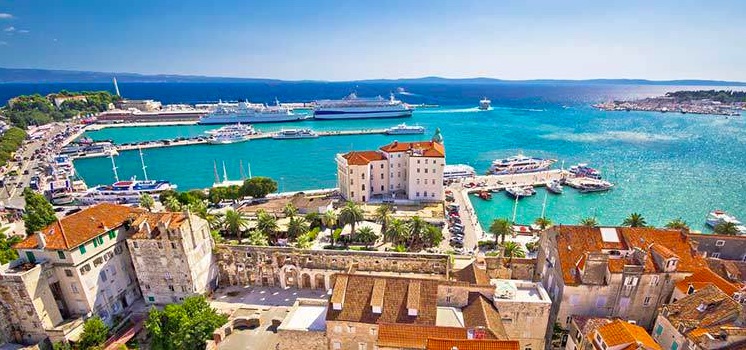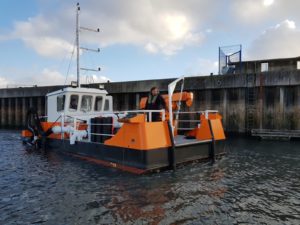EBRD plans for Split to become the new Barcelona

A new strategic regeneration plan has been drawn up for Split, often called ‘the pearl of the Eastern Adriatic’. As Croatia’s second-largest city, with almost 180,000 inhabitants and 300,000 in the wider area, tourism is the main engine of the local economy. Split serves as a hub for travel to many islands off the Dalmatian coast, while traditional industries such as shipbuilding are facing challenging transitions.
Now the European Bank for Reconstruction and Development (EBRD) is supporting the plan in a bid to rebalance the economy, attract foreign investment and effectively deploy EU funds.
The urban regeneration plan features a redesign of the port area to fully exploit its potential, inspired by successful precursors in cities such as Barcelona, Copenhagen and London where disused rail and maritime sites have become vibrant new quarters for working and living.
The development of the port area and Kopilica district will create a potential gross floor area of around 1.2 million m2 for around 15,000 residents and generate 10-15,000 jobs, says EBRD. With the revitalisation of the main station and a new road tunnel at the port, cultural and convention venues and hotel facilities can be developed.
The strategic plan, developed by the Austrian civil engineers iC Consulenten and funded by the EBRD with €600,000, focuses on the site of the main train station at the port and a large urban quarter in Kopilica on the north bank of the Split peninsula.
A light rail track to the airport and a motorway bridge over the bay from Solin to Kopilica will be essential prerequisites for this development.
The EBRD is supporting the plan as part of its wider activities in urban regeneration, an integrated approach to tackling the challenges that many cities face in the bank’s regions. In Croatia the bank is also involved in projects in Pula, Šibenik and Zagreb.









